WW1 Armistice and Aftermath of the Great War
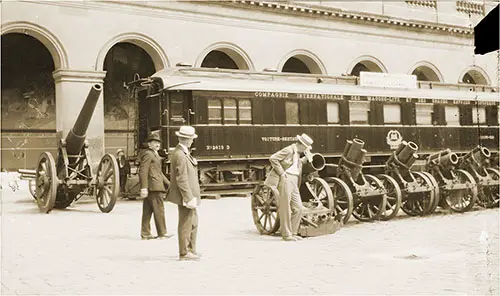
Railroad Car in Which Was Signed the Armistice, Nov. 11, 1918. Railroad Carriage of French Marshal Ferdinand Foch, in Which the Armistice Ending World War I Was Signed. It probably Depicts Its Location Between 1921 and 1927 When It Was on Display in the Cour Des Invalides in Paris. American Colony Photo Department Photographer. Library of Congress LC 2019704473. | GGA Image ID # 1857e48dcc
The United States sent more than a million troops to Europe, where they encountered a war unlike any other—one waged at sea, in trenches, and in the air. The rise of such military technologies marked the action of the tank, the field telephone, and poison gas.
At the same time, the war shaped the U.S.'s culture after an Armistice agreement ended the fighting on November 11, 1918. The postwar years saw a wave of civil rights activism for equal rights for African Americans, the passage of an amendment securing women's right to vote, and a more significant role in world affairs for the United States.
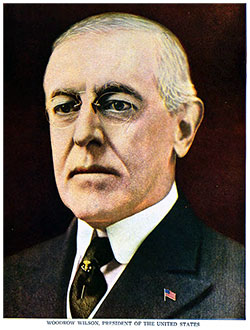
Announcing the Armistice in America - 1918
Despite his broken sleep, President Wilson was up early in the morning of November 11, 1918. By his direction, arrangements had soon been made for the joint session of the Senate and the House.
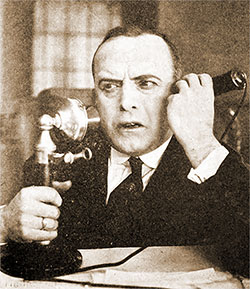
"Armistice Day" Traffic The Freak Demands that Marked Service on 11 November 1918
Before the Internet, Before Television, there was the telephone. Learn how the World War I Armistice Day Crashed the Bell Telephone System across the United States on 11 November 1918.
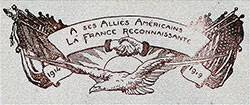
Casualties of the Great War - 1919
The astounding number of casualties, herein listed by country, places a tremendous cost on human life during the Great War. France bore the brunt of destroying lives, infrastructure and the many sacrifices endured.
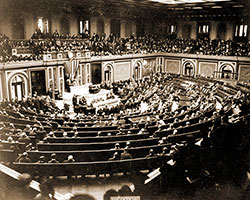
President Wilson’s Address Announcing An Armistice - 1918
After reading in person the full terms of the armistice to the joint session of Congress, President Wilson delivered the following address: The war thus ends; having accepted these terms of the armistice, it will be impossible for the German command to renew it.
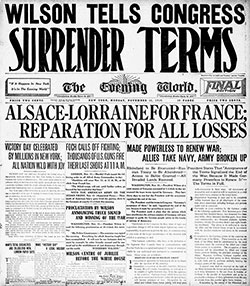
The Armistice, November 11, 1918
On November 11, Germany accepted the armistice. On the last morning of hostilities, the British entered Mons, where they had fired their first shots more than four years earlier. The French and Americans advanced to Sedan.
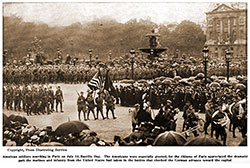
The Armistice - A Story for Homeward Bound Americans - 1919
On November 11, 1918, an armistice was signed, and the enemy capitulated: the war was won. When the Americans had fought the Hun with a will to beat him or die, the days were followed by months of waiting.
